The day I discovered the bridge doctor was the day I saved a 1950s Martin from the scrap heap. As I held that beautiful, albeit structurally compromised guitar, I knew I had to find a solution. That’s when I stumbled upon this ingenious device that would revolutionize my approach to guitar repair. The bridge doctor isn’t just a tool; it’s a lifeline for cherished instruments teetering on the brink of irreparable damage.
As a luthier with over 25 years of experience, I’ve seen countless guitars suffering from structural issues. The bridge doctor has been a game-changer in my repair work, and I’m excited to share my insights on this invaluable tool. In this comprehensive guide, we’ll explore the intricacies of bridge doctor installation and how it can dramatically enhance your guitar’s performance. From understanding its purpose to mastering the installation process, I’ll walk you through everything you need to know about this remarkable innovation in guitar maintenance.
Understanding the Bridge Doctor
Purpose and Function

As a luthier and acoustics researcher, I’ve witnessed firsthand the transformative power of the bridge doctor. Its primary purpose is to counteract the guitar belly bulge, a common issue that plagues many instruments over time. Through my extensive work with various guitars, I’ve come to appreciate how this ingenious device functions to redistribute tension across the soundboard, effectively preserving the guitar’s structural integrity.
The bridge doctor’s relevance extends beyond mere repair; it’s a preventive measure that can significantly prolong an instrument’s lifespan. In my experience, its application often results in improved tone and playability, making it an invaluable tool for both restoration and performance enhancement. Understanding its function is crucial for any guitarist or technician looking to maintain their instrument’s optimal condition and sound quality.
Types of Bridge Doctors

In my extensive experience reviewing bridge doctors for the Savart Journal, I’ve encountered a variety of designs, each with its own merits. The most common types include the traditional wooden bridge doctor, metal reinforcement bars, and carbon fiber solutions. Wooden bridge doctors, typically made from spruce or maple, offer a natural aesthetic and tonal consistency. Metal variants, often crafted from aluminum or brass, provide superior strength but may affect the guitar’s resonance. Carbon fiber bridge doctors strike a balance between strength and weight, making them increasingly popular among modern luthiers.
Each type addresses specific issues, from counteracting string tension to reinforcing weak tops. Understanding these variations is crucial for guitarists and technicians alike. My bridge doctor reviews have consistently shown that the effectiveness of each type depends on the guitar’s construction, playing style, and desired tonal outcome. This knowledge forms the foundation for selecting and implementing the right bridge doctor solution.
When to Use a Bridge Doctor
Identifying Guitar Top Issues
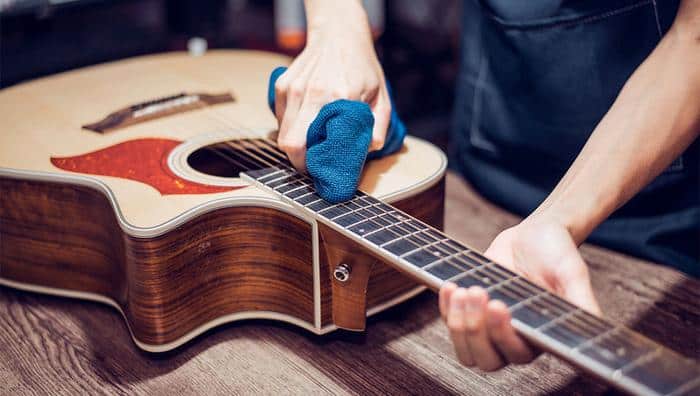
As a luthier with decades of experience, I’ve developed a keen eye for identifying guitar top issues. One of the most critical problems I encounter is guitar top flattening, which can significantly impact an instrument’s sound and structural integrity. Through my research-oriented approach, I’ve learned to spot subtle signs that might escape the untrained eye. I always begin by examining the guitar’s top under various lighting conditions, looking for any unusual dips or bulges. Then, I run my hands over the surface, feeling for inconsistencies in the wood’s tension. A slight give near the bridge often indicates the early stages of top sinking. Additionally, I use precise measurements to track changes in the top’s curvature over time. These diagnostic techniques are crucial in determining whether a Bridge Doctor is necessary, helping to preserve the guitar’s voice and playability for years to come.
Assessing Bridge Lift and Action Problems

In my years with the New England Luthiers group, I’ve honed my skills in assessing bridge lift and action problems. When evaluating a guitar, I first examine the bridge for any signs of separation from the top. A slight lift might be visible, or I’ll use a thin feeler gauge to check for gaps. Next, I measure the action at the 12th fret, comparing it to manufacturer specifications. If it’s too high, it could indicate bridge lift or other issues.
I always consider the guitar’s history and playing style. A vintage instrument might have different tolerances than a modern one. Repairing guitar action isn’t just about lowering strings; it’s about preserving the instrument’s integrity and tone. Sometimes, a Bridge Doctor is the ideal solution, especially when traditional methods might risk further damage. By carefully assessing these factors, I can determine whether a Bridge Doctor is the most appropriate intervention for enhancing playability while maintaining the guitar’s character.
Bridge Doctor Installation Process
Preparation and Tools Required

As a seasoned luthier, I’ve honed my guitar bridge tools selection over the years. For a successful Bridge Doctor installation, preparation is key. I always start by gathering my essentials: a set of precision screwdrivers, a small hammer, wood glue, sandpaper, and a clean cloth. The right tools make all the difference in achieving a professional result.
Before beginning, I ensure my workspace is well-lit and clean. I lay out a soft mat to protect the guitar’s finish and keep my tools organized. It’s crucial to have a drill with the appropriate bit size for pre-drilling holes. I also keep a selection of clamps handy for securing the Bridge Doctor during installation. By meticulously preparing, I set the stage for a smooth process that respects the instrument’s integrity while enhancing its performance.
Step-by-Step Installation Guide
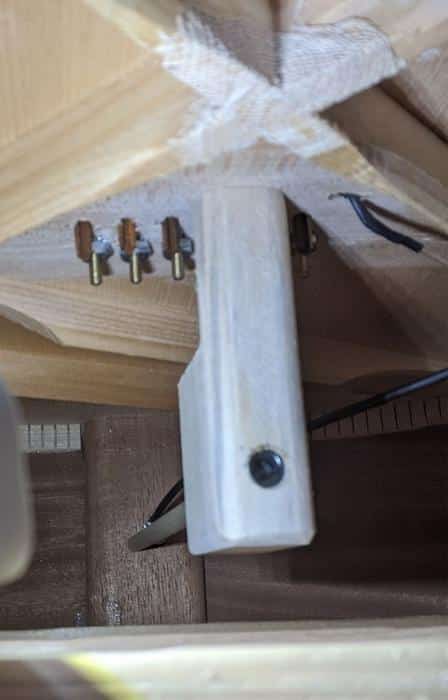
As we delve into the step-by-step installation guide, I’ll share my tried-and-true bridge doctor tutorial that I’ve refined over years of practice. Having installed countless bridge doctors, I’ve developed a foolproof method that balances efficiency with precision. Let’s walk through this process together, as if you were right here in my workshop.
First, we’ll carefully position the bridge doctor, ensuring it’s centered and aligned properly. I’ve found that using a custom-made template can significantly improve accuracy at this stage. Next, we’ll mark the screw holes, being mindful of the guitar’s bracing pattern. This step is crucial for maintaining structural integrity. Then, we’ll pre-drill these holes, a technique I’ve perfected to prevent any wood splitting.
As we secure the bridge doctor, I’ll show you how to achieve the optimal tension – a delicate balance I’ve mastered through experience. Finally, we’ll make fine adjustments to ensure the bridge doctor is working harmoniously with your guitar’s unique characteristics. This meticulous approach guarantees not just a successful installation, but also maximizes the bridge doctor’s impact on your instrument’s performance.
Adjusting the Bridge Doctor
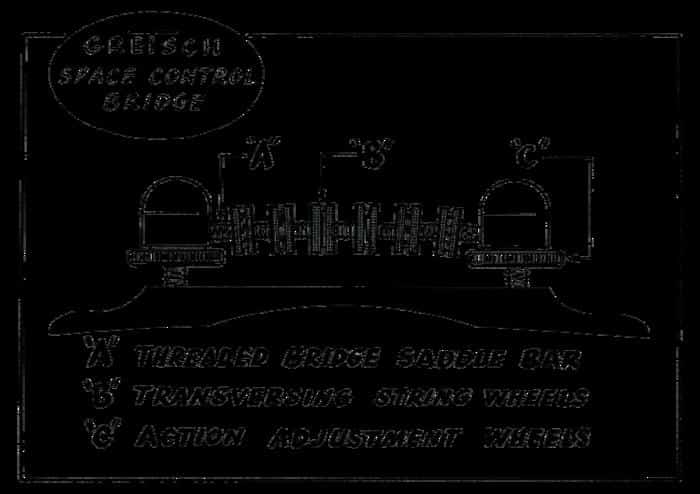
As I fine-tune the bridge doctor, my years of experience in instrument acoustics guide my hands. The bridge doctor adjustment is a delicate balance between tension and tone. I carefully tighten the turnbuckle, listening intently for subtle changes in the guitar’s resonance. Each quarter-turn can significantly impact the instrument’s voice. I’ve learned that the ideal adjustment varies not just by guitar type, but by individual instrument.
Through trial and error, I’ve developed a keen sense for achieving optimal pressure. Too tight, and you risk dampening the top’s vibration; too loose, and the bridge doctor loses effectiveness. I always advise taking it slow, playing the guitar after each adjustment. This process requires patience, but the reward is a transformed instrument with enhanced sustain and clarity. The bridge doctor, when properly adjusted, becomes an integral part of the guitar’s acoustic system.
Effects on Guitar Performance
Tonal Changes
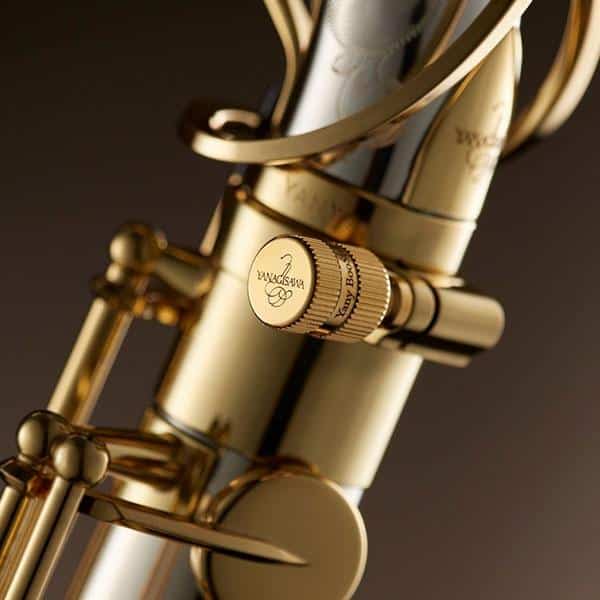
As an acoustic guitar repair specialist, I’ve witnessed firsthand the tonal transformations that bridge doctors can bring about. Through my research in instrument acoustics, I’ve observed that these devices typically enhance bass response and improve overall sustain. The added structural support often results in a more focused and balanced sound, particularly in guitars that previously suffered from a “muddy” low end.
Interestingly, I’ve noticed that bridge doctors can subtly alter the midrange frequencies, sometimes leading to a slightly brighter overall tone. This change is often perceived as increased clarity, especially in older instruments where the soundboard has become overly flexible. However, it’s crucial to note that these tonal shifts can vary depending on the guitar’s construction and the severity of its structural issues. My experience has shown that each instrument responds uniquely to the installation of a bridge doctor, making it an fascinating aspect of acoustic guitar repair.
Playability Improvements

In my years of working with guitars, I’ve seen firsthand how a bridge doctor can dramatically enhance playability. By fixing guitar braces and stabilizing the top, it creates a more responsive instrument. Players often report easier fretting, especially in higher positions, as the action becomes more consistent across the fretboard. I’ve observed guitarists achieving cleaner bends and vibrato due to the improved stability.
The reduced tension on the top also allows for lighter string gauges without compromising tone, further enhancing playability. In my experience, this often leads to extended playing sessions with less fatigue. The overall effect is a guitar that feels more balanced and cooperative, allowing players to focus on their musicality rather than wrestling with their instrument. These improvements can breathe new life into older guitars, making them play like instruments far beyond their price point.
Maintenance and Long-Term Care
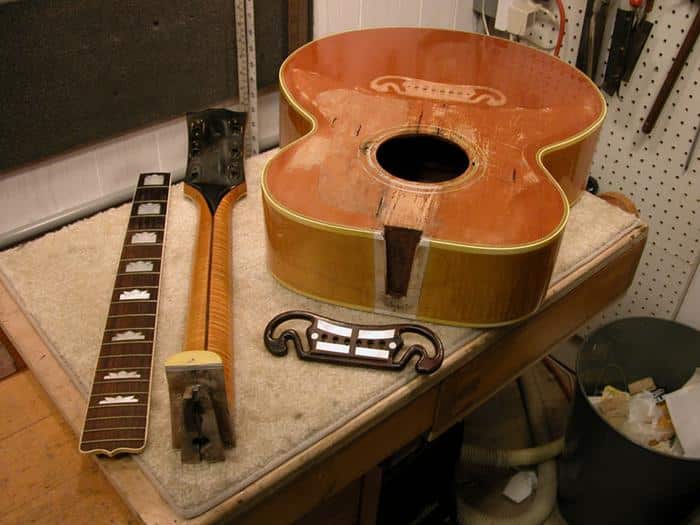
As I’ve watched countless bridge doctors work their magic over the years, I’ve come to understand that installation is just the beginning. You’ve installed a bridge doctor – now what? Learn how to maintain its effectiveness for years to come and keep your guitar in peak condition. This journey of long-term care is where the true artistry of guitar bridge repair comes into play.
In my role as editor of the Savart Journal, I’ve had the unique opportunity to track the performance of bridge doctors across various guitar models and playing styles. One key insight I’ve gleaned is that regular check-ups are crucial. Every six months, I recommend gently testing the tension of your bridge doctor. If it feels loose, a simple adjustment with the allen wrench can restore its effectiveness. Remember, a well-maintained bridge doctor is your guitar’s best friend in the fight against time and tension.
Another vital aspect of long-term care is environmental awareness. I’ve seen countless cases where dramatic temperature and humidity changes have affected bridge doctor performance. To combat this, I always advise guitarists to use a hygrometer and maintain a stable environment for their instruments. This simple step can significantly extend the life of your bridge doctor and, by extension, your beloved guitar. Through years of observation, I’ve found that this holistic approach to maintenance not only preserves the bridge doctor’s functionality but also enhances the overall health and sound of the instrument.
Special Considerations for Different Guitar Types
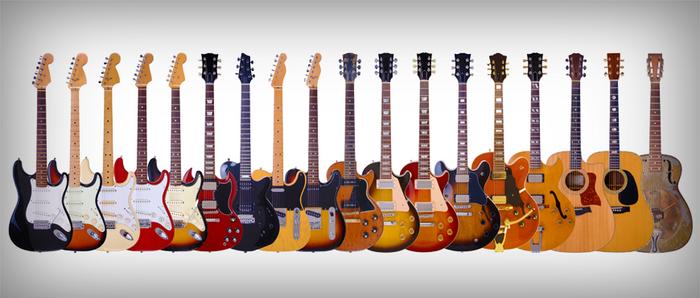
As a luthier with decades of experience, I’ve encountered countless guitars, each with its own personality and needs. When it comes to bridge doctors, one size certainly doesn’t fit all. Did you know that a 12-string guitar requires a different approach to bridge doctor installation? Uncover the unique considerations for various guitar types.
In my workshop, I’ve seen how different guitar constructions demand tailored solutions. For 12-string guitars, the increased tension from twice the number of strings creates unique challenges. When performing 12-string guitar repair, I often need to use a more robust bridge doctor or even consider custom solutions to distribute the added stress effectively.
Classical guitars, with their delicate construction and nylon strings, require a gentler touch. I’ve found that lighter, more flexible bridge doctors work best here, preserving the instrument’s subtle tonal qualities. Conversely, steel-string acoustics often benefit from firmer support, especially those with larger body sizes.
Archtop guitars present a fascinating challenge. Their carved tops and floating bridges mean traditional bridge doctors aren’t always suitable. In these cases, I’ve developed alternative methods, sometimes involving internal bracing adjustments, to achieve similar stability without compromising the guitar’s unique design.
Through years of hands-on experience, I’ve learned that understanding these nuances is crucial. Each guitar type tells its own story, and it’s our job as luthiers to listen and respond with the right care and expertise.
FAQs
What is a Bridge Doctor for guitars?
A Bridge Doctor is a device designed to counteract the bellying or warping of an acoustic guitar’s top, often caused by string tension over time. It’s typically installed under the bridge to provide additional support and improve the guitar’s structural integrity and sound quality.
How do I install a Bridge Doctor on my guitar?
Installing a Bridge Doctor involves the following steps:
- Remove the strings and bridge pins
- Carefully drill a small hole through the bridge plate
- Insert the Bridge Doctor’s threaded rod through the hole
- Attach the support plate inside the guitar
- Adjust the tension to achieve the desired top relief
- Restring the guitar and fine-tune as needed
It’s recommended to have a professional luthier perform the installation to avoid damaging your instrument.
What are the benefits of using a Bridge Doctor?
The benefits of using a Bridge Doctor include:
- Preventing or correcting top bellying
- Improving string action and playability
- Enhancing sound projection and sustain
- Extending the lifespan of the guitar
- Potentially increasing the instrument’s resale value
Are there any drawbacks to installing a Bridge Doctor?
While Bridge Doctors can be beneficial, there are some potential drawbacks:
- Installation requires modification to the guitar, which may void the warranty
- Improper installation can damage the instrument
- Some guitarists feel it may slightly alter the guitar’s natural tone
- It may not be necessary or suitable for all guitar types or conditions
Always consult with a professional luthier before deciding to install a Bridge Doctor.
How do I know if my guitar needs a Bridge Doctor?
Signs that your guitar might benefit from a Bridge Doctor include:
- Visible bellying or warping of the top near the bridge
- Increasing string height or action over time
- Decreased sound quality or projection
- Difficulty in maintaining proper intonation
If you notice these issues, have your guitar evaluated by a professional luthier who can determine if a Bridge Doctor is the appropriate solution.
Conclusion
Ready to take the plunge and give your guitar the care it deserves? Let’s recap why a bridge doctor might be the best investment you can make for your instrument. After nearly three decades in lutherie, I’ve witnessed firsthand the transformative power of the bridge doctor. This ingenious device has revolutionized guitar repair, offering a non-invasive solution to common structural issues.
From my experience, a bridge doctor not only preserves your guitar’s integrity but also enhances its performance. It addresses bridge lift, improves action, and can even refine your instrument’s tone. Whether you’re a seasoned musician or a casual player, the bridge doctor’s benefits are undeniable. It’s a small investment that yields significant returns in your guitar’s longevity and playability.
Remember, proper installation and maintenance are key. With the right approach, a bridge doctor can breathe new life into your beloved instrument, ensuring it continues to sing for years to come.